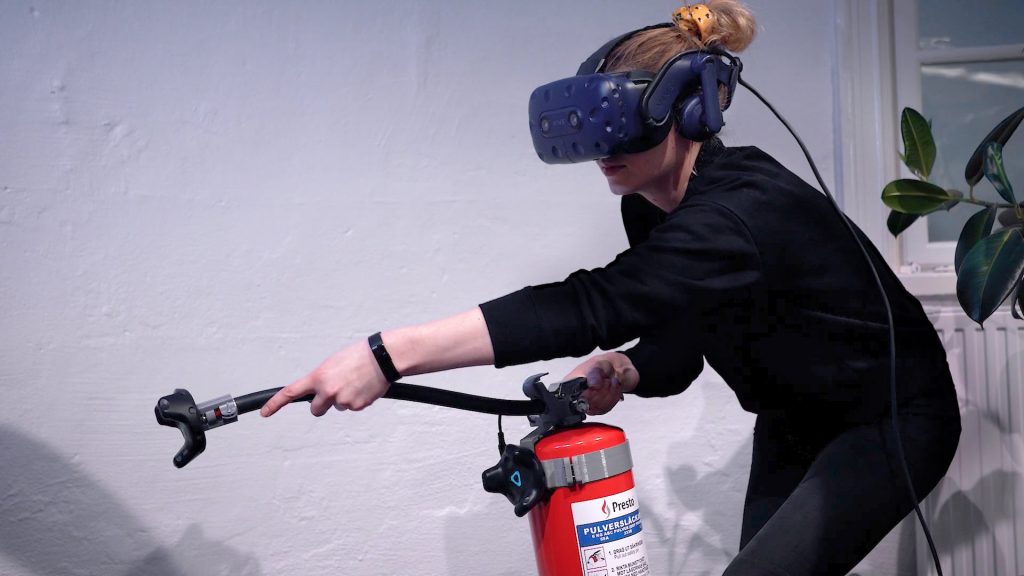
What is Virtual Reality?
Virtual reality is a simulated experience that can be similar to or completely different from the real world. Applications of virtual reality include entertainment and education. Other distinct types of VR-style technology include augmented reality and mixed reality, sometimes referred to as extended reality

Virtual Reality in Safety Training
Simulate real-life scenarios for employee onboarding in XR. From core technical and process training to soft skills can be taught in an interactive manner with higher engagement and retention rates. Train in low risk, easy to build immersive environments for faster onboarding and better results. Participants gets confident on procedure to followed in an emergency.

Experiential Learning
Experiential Learning is a process of education through experience, followed by reflection on that experience. Experiential learning is part of the larger category of active learning, because it directly involves students in the process of their own learning.
Unique Features

Virtual World
An imaginary space that independently exist from the real world. The medium used to create this space is of course a simulation made of visual elements rendered with computer graphics. Relations and interactions between these elements are defined by rules set by the creator.

Immersion
The users are placed in a virtual space, cut from the real world on a sensory level. VR headsets allow this by occupying their whole field of vision, while headphones achieve the same results with sounds, thus fully immersing the users in another world.

Sensory Feedback
Vr headsets track the position of the users within a given space so that the computer renders the changes of positions. Users moving their heads or bodies will be given the illusion that they are moving in the virtual world. The input here is as close to reality as possible, to move around users don’t press a button, they actually move around.

Interactivity
To feel real, a simulated environment should include virtual elements we can interact with, picking up an Right Equipment’s, Fighting the fire, rescue the people in an emergency etc.
Unique Features

Virtual World
An imaginary space that independently exist from the real world. The medium used to create this space is of course a simulation made of visual elements rendered with computer graphics. Relations and interactions between these elements are defined by rules set by the creator.

Immersion
The users are placed in a virtual space, cut from the real world on a sensory level. VR headsets allow this by occupying their whole field of vision, while headphones achieve the same results with sounds, thus fully immersing the users in another world.

Sensory Feedback
Vr headsets track the position of the users within a given space so that the computer renders the changes of positions. Users moving their heads or bodies will be given the illusion that they are moving in the virtual world. The input here is as close to reality as possible, to move around users don’t press a button, they actually move around.

Interactivity
To feel real, a simulated environment should include virtual elements we can interact with, picking up an Right Equipment’s, Fighting the fire, rescue the people in an emergency etc.

